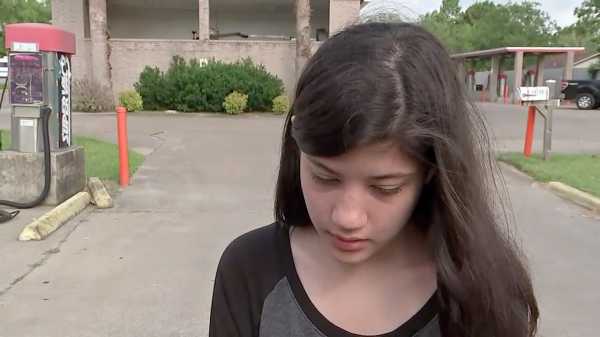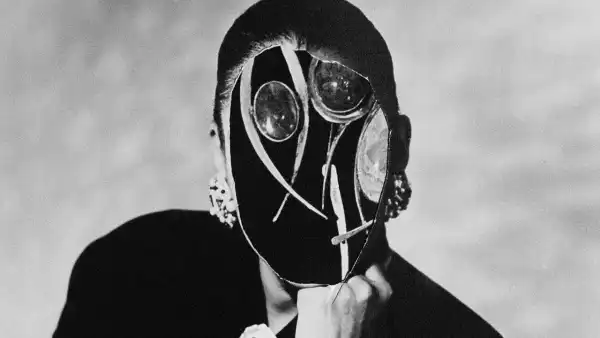
Many American high schools resemble one another in their structures and their site plans, and so, when the first images of a school shooting circulate—so often, they are shaky panoramics beamed to us from local television stations’ traffic helicopters—they have a way of recalling past shootings: Parkland, Sandy Hook, Umpqua Community College, Columbine. On Friday, after a gunman killed at least eight students at Santa Fe High School, in Santa Fe, Texas, the helicopter footage showed the same kind of blocky buildings and yellow school buses, the same rushed but steady evacuation procedures, children hurrying across a ball field, away from the carnage inside. Amid these familiar scenes, a news reporter for Houston’s ABC affiliate discovered something new: an evolution of the experience. The reporter, Foti Kallergis, found himself interviewing a seventeen-year-old girl named Paige Curry, who had been in a classroom three doors down from the shooting when it began. Concentrating on the memory, her chin tucked in, Curry recalled for the camera the experience of taking shelter with her theatre class, of waiting for the SWAT team while people around her freaked out, of feeling herself steady amid vulnerability and chaos. The reporter asked, “Was there a part of you that thought this isn’t real, this wouldn’t happen in my school?”
“No, there wasn’t,” she said, lifting her chin to look at Kallergis. The reporter asked her why she thought that. “It’s been happening everywhere. I’ve always kind of felt like eventually it was going to happen here, too.”
It used to be that students who survived these horrors were made out to be shocked victims. That began to change after Parkland, where student outrage led to a reinvigoration of the gun-control movement. Curry is further evidence of the change. She is expectant, and aware. The massacre was not surreal, for her. It was not even a surprise.
While I was watching a clip from the interview at my desk on Friday afternoon, I got a call back from Senator Chris Murphy, of Connecticut, who has made gun control his signature issue. Murphy was driving through the backwoods of his home state, the connection intermittent and staticky. I read him the transcript of Curry’s exchange with the reporter. “This isn’t theoretical any longer,” Murphy said. “These are happening so regularly that it’s clear that no one is safe.” The adult reaction, the political reaction, is horror—that children have been left so vulnerable, that they could be killed. Curry’s reaction is bleaker and more reconciled. It is, like a lot of the teen-age experience, about navigating what is inevitable.
In the rest of Curry’s remarks to Kallergis, there is an awkwardness; it is an exchange between a teen-ager who has just endured a mass shooting and a reporter eager to move past it, to politics. Earlier in the day, a man wearing a “Make America Great Again” hat, carrying a handgun, had arrived at the school as the reporters had, to give interviews holding forth on the Second Amendment, and to explain how the best solution to school violence was more guns. Kallergis asked Curry what she thought of a man bringing a gun to the site of a school shooting. “I don’t know,” she said, looking at her shoes and shaking her head. The whole situation—the man with the gun, being asked to comment on it—seems beyond her. “I don’t know why they would do that.” Standing beside the reporter, Curry seems very small beside him—a child. As she narrated what had just happened, the camera’s aperture tightened around her. She was sitting at her desk in class, and she heard three loud booms. “I didn’t realize what they were at first, and then I realized what they were when we heard screaming,” she said. “I wasn’t surprised. I was just very scared.” School massacres are often said to be nightmarish—in the extremity of the violence, in their juxtaposition against such an everyday setting. But what Curry described was what real nightmares are like: you can perfectly perceive a threat approaching, but you are helpless to do anything about it.
Sourse: newyorker.com






